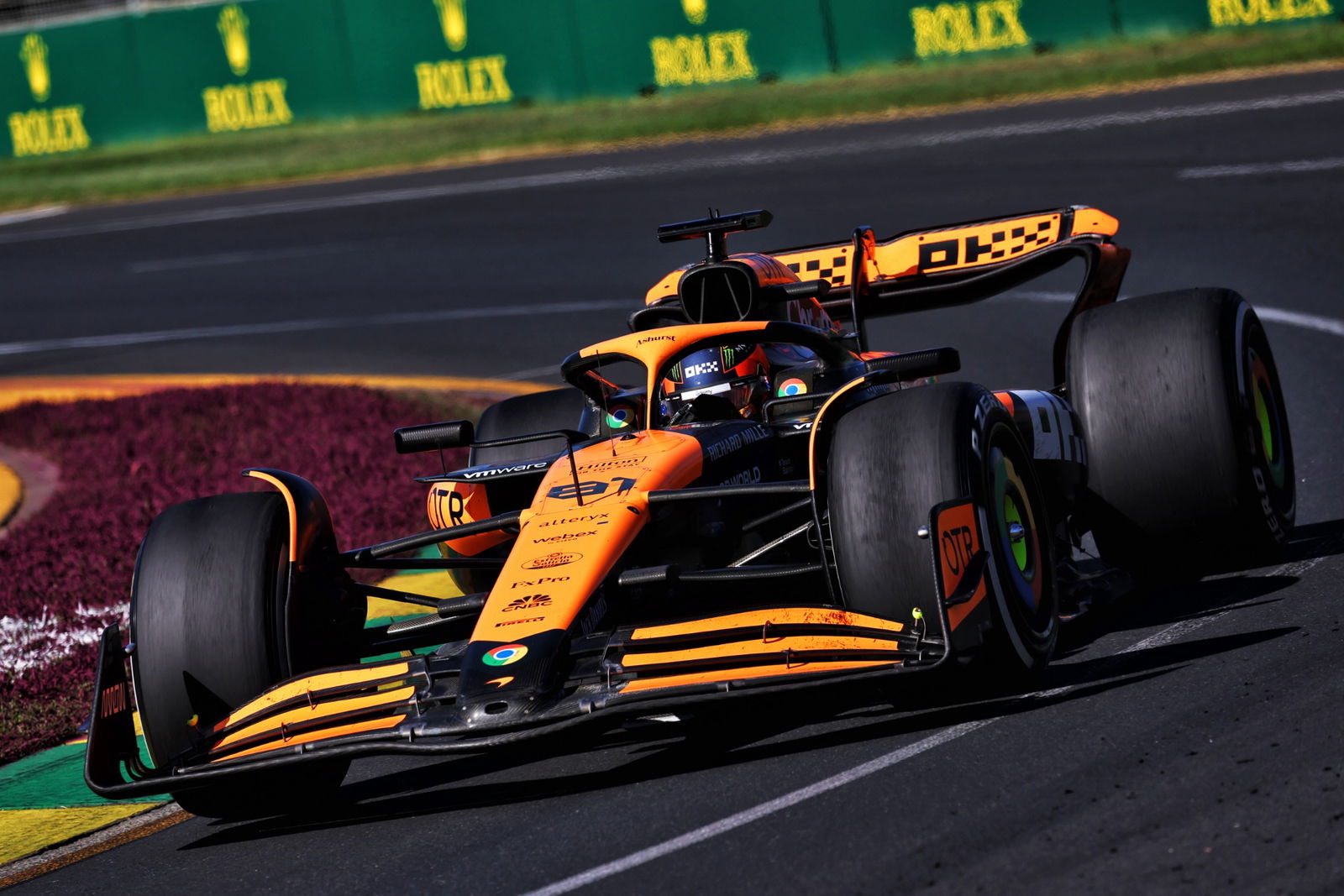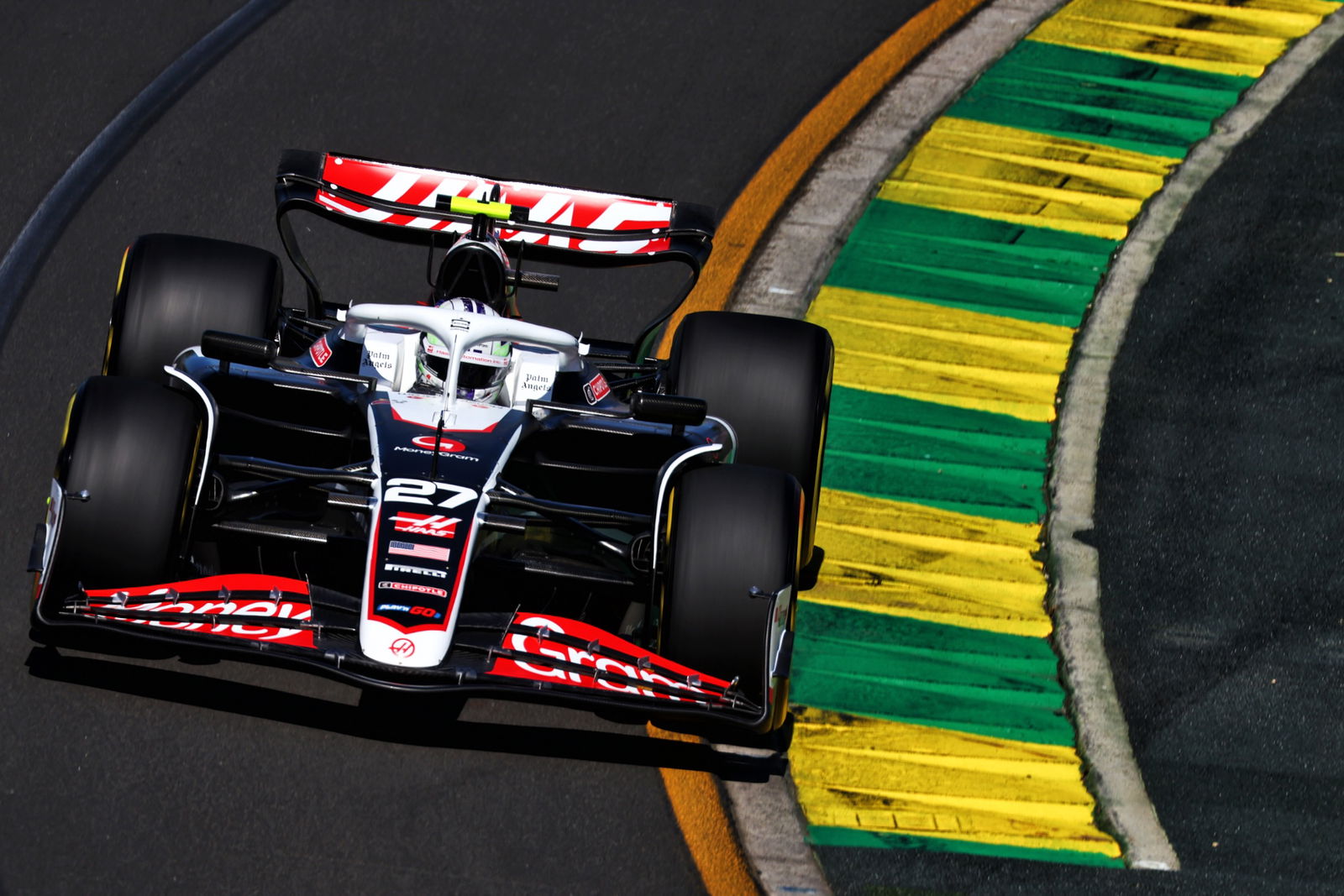Fernando Alonso punished for “potentially dangerous” last-lap George Russell move
Fernando Alonso has picked up a penalty that has dropped him two places in the final Australian Grand Prix results.

Fernando Alonso has been hit with a 20-second time penalty for “potentially dangerous” driving before George Russell crashed out of the F1 Australian Grand Prix.
Russell had been chasing down Alonso in a late battle over sixth place when he lost control of his Mercedes at Turn 6 and suffered a huge crash on the final lap of the Melbourne race.
Although the pair did not make contact, the incident was investigated amid suggestions Alonso had braked earlier than usual and may have caused Russell to lose control of his car.
The stewards ruled that telemetry data showed Alonso did lift “slightly more than 100m earlier than he ever had going into that corner during the race” and performed an “unusual manoeuvre”.
The penalty demotes Alonso two places to eighth in the final results, behind Aston Martin teammate Lance Stroll and RB’s Yuki Tsunoda.
The stewards' detailed verdict in full
The Stewards heard from the driver of Car 63 (George Russell), the driver of Car 14 (Fernando Alonso), team representatives and reviewed positioning/marshalling system data, video, telemetry, team radio, in-car video evidence and telemetry supplied by both teams.
Car 63 crashed at the exit to turn 6 on lap 57. The stewards have extensively reviewed the situation that occurred prior to the crash. Car 63 (George Russell) was following Car 14 (Fernando Alonso) approximately 0.5 seconds behind as the cars approached turn 6. Alonso explained to the stewards that he intended to approach turn 6 differently, lifting earlier, and with less speed into the corner, to get a better exit.
Russell explained to the stewards that from his perspective, Alonso’s manoeuvre was erratic, took him by surprise and caused him to close distance unusually fast, and with the resulting lower downforce at the apex of the corner, he lost control and crashed at the exit of the corner. There was no contact between the cars.
Telemetry shows that Alonso lifted slightly more than 100m earlier than he ever had going into that corner during the race. He also braked very slightly at a point that he did not usually brake (although the amount of brake was so slight that it was not the main reason for his car slowing) and he downshifted at a point he never usually downshifted.
He then upshifted again, and accelerated to the corner before lifting again to make the corner. Alonso explained that while his plan was to slow earlier, he got it slightly wrong and had to take extra steps to get back up to speed. Nonetheless, this manoeuvre created a considerable and unusual closing speed between the cars.
In considering the matter the stewards focused solely on the wording of the regulation which states “At no time may a car be driven unnecessarily slowly, erratically or in a manner which could be deemed potentially dangerous to other drivers or any other person.” (Art 33.4)
Specifically, in this case, the stewards have not considered the consequences of the crash. Further, the stewards considered that they do not have sufficient information to determine whether Alonso’s manoeuvre was intended to cause Russell problems, or whether as he stated to the stewards that he simply was trying to get a better exit.
Should Alonso have the right to try a different approach to the corner? – yes.
Should Alonso be responsible for dirty air, that ultimately caused the incident? – no.
However, did he choose to do something, with whatever intent, that was extraordinary, ie lifting, braking, downshifting and all the other elements of the manoeuvre over 100m earlier than previously, and much greater than was needed to simply slow earlier for the corner? - yes by his own account of the incident he did, and in the opinion of the stewards by doing these things, he drove in a manner that was at very least “potentially dangerous” given the very high speed nature of that point of the track.
This season, the FIA Formula 1 penalty guidelines, including for this breach have been reset and increased to a baseline of a 10s penalty. In addition, when there is some aggravating circumstance, we consider a Drive Through Penalty. In this case we consider that Alonso affirmatively choosing to perform an unusual manoeuvre at this point to be an aggravating circumstance, as opposed to a simple mistake.
The stewards therefore order a drive through penalty, which will be converted to 20 seconds added to Car 14’s elapsed time, along with three penalty points.


